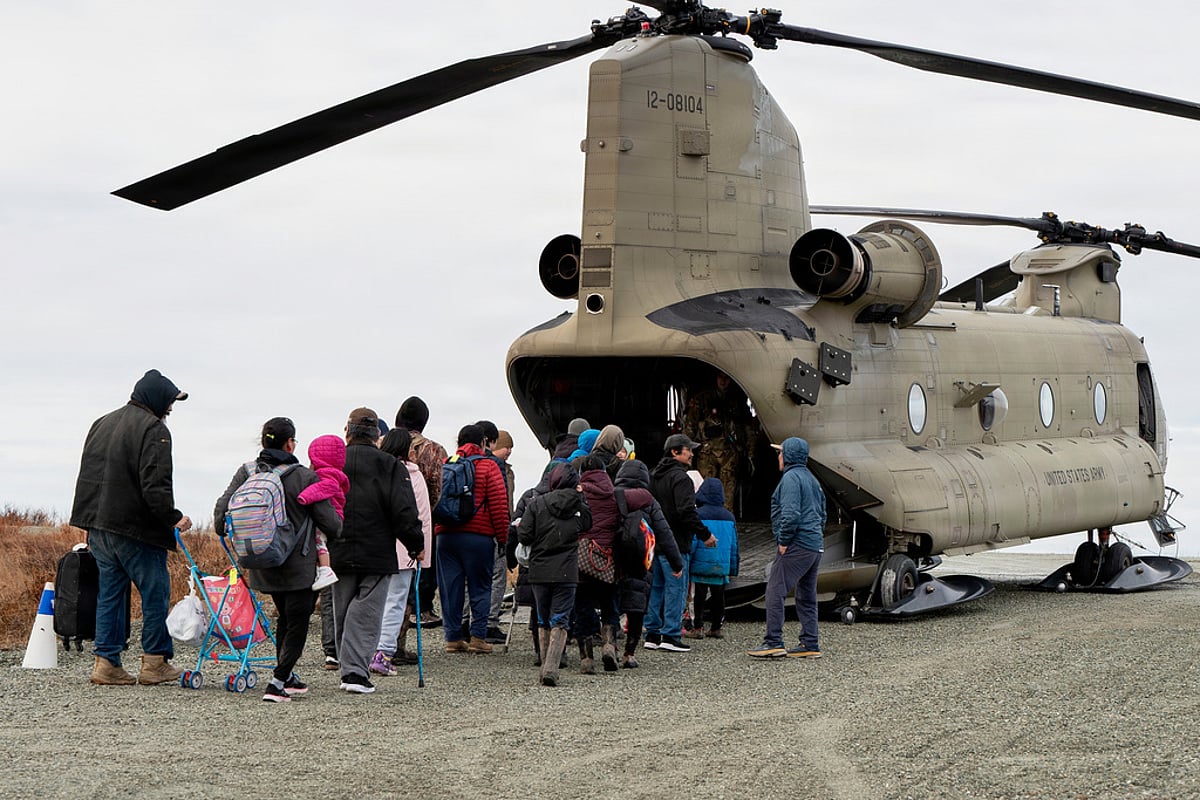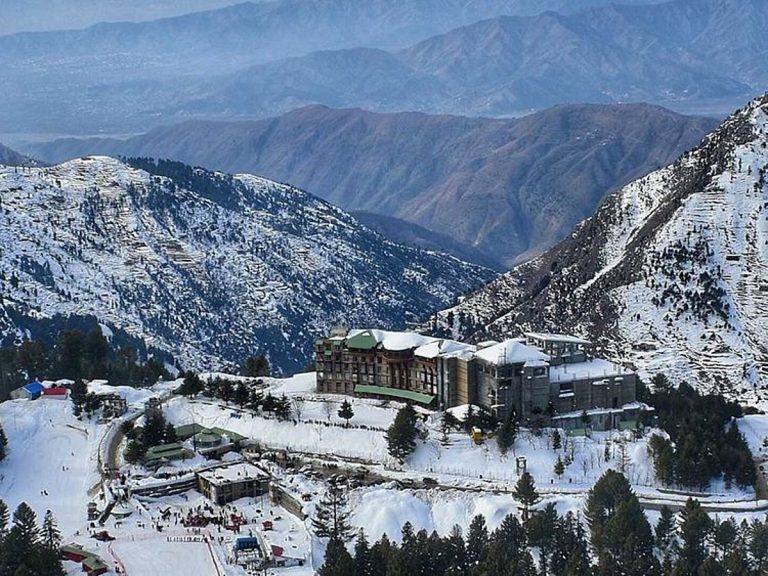Recovery Efforts in Alaska After Typhoon Halong’s Damage
In the wake of Typhoon Halong’s remnants, western Alaska has faced significant challenges as communities work to recover from severe flooding and infrastructure damage. With winter approaching, local leaders and officials are prioritizing the stabilization of affected areas, particularly in the Yup’ik communities of Kipnuk and Kwigillingok.
Impact of the Storm
The storms that struck western Alaska brought unprecedented flooding, particularly affecting Kipnuk and Kwigillingok, which are located near the Bering Sea. Initial assessments indicate that approximately 90% of buildings in Kipnuk were destroyed, with many homes swept away by storm surges. Tragically, the storm resulted in one confirmed death, with two individuals still unaccounted for. In Kwigillingok, around 35% of structures sustained damage.
The flooding also contaminated the fresh water supply in Kipnuk, raising concerns about public health and safety. First responders faced harrowing situations, rescuing individuals from rooftops as winds whipped through the region.
Community Response and Support
In response to the devastation, the Alaska Federation of Natives convened during its annual convention to address the urgent needs of affected communities. The organization, which represents a significant portion of Alaska’s Native population, passed a resolution advocating for sustained federal and state investments in infrastructure and protective measures for the region.
This resolution emphasizes the importance of collaboration with tribal leaders to ensure equitable access to resources and a consistent federal presence in remote areas. The organization also called for the establishment of a regional response hub in Bethel, Alaska, to streamline recovery efforts.
Challenges Ahead
The recovery process is complicated by the region’s remoteness, which necessitates transporting goods by barge or air. The Alaska Federation of Natives has urged governments to eliminate barriers that could hinder traditional hunting and fishing practices, which are vital for replenishing food supplies lost during the storm.
Alaska’s U.S. senators, Lisa Murkowski and Dan Sullivan, have expressed their commitment to advocating for funding aimed at disaster risk mitigation and community resilience. These efforts are crucial as many rural communities face ongoing threats from coastal erosion and thawing permafrost.
Educational Support for Displaced Students
As recovery efforts continue, educational institutions are stepping in to support displaced students. More than 25 students from affected villages have registered with the Anchorage School District, which is prepared to provide emergency supplies, transportation, and mental health services. District Superintendent Jharrett Bryantt emphasized the importance of creating a supportive environment for these students, recognizing the emotional and cultural significance of their transition.
Infrastructure Restoration Efforts
The state has shifted its focus to deploying personnel and supplies to assist with emergency home repairs and infrastructure restoration. Tribal organizations are coordinating efforts to dry out and salvage homes, while the Yukon-Kuskokwim Health Corporation is actively involved in recovery initiatives and healthcare provision in the region.
As winter approaches, the urgency of these efforts increases, with concerns about freezing conditions complicating recovery. Jeremy Zidek, a spokesperson for the state emergency management agency, noted that there is currently no set date for closing shelters established in Anchorage for displaced residents.
FAQs
What areas were most affected by Typhoon Halong?
The Yup’ik communities of Kipnuk and Kwigillingok experienced the most severe damage, with significant flooding and destruction of homes.
How is the Alaska Federation of Natives involved in recovery efforts?
The Alaska Federation of Natives has passed a resolution advocating for urgent support and investments in infrastructure and resources for affected communities.
What support is being provided to displaced students?
The Anchorage School District is offering emergency supplies, transportation, and mental health services to support displaced students from affected villages.
Conclusion
The recovery efforts in Alaska following Typhoon Halong are ongoing and critical as communities work to rebuild before winter sets in. With support from local organizations and government officials, there is hope for restoring infrastructure and providing essential resources to those affected. Continued collaboration and investment will be vital in ensuring the long-term resilience of these vulnerable communities.
Also Read:
Tropical Storm Ramil Triggers Severe Flooding in Philippines
Severe Flooding and Landslides Hit Kerala’s Idukki District







